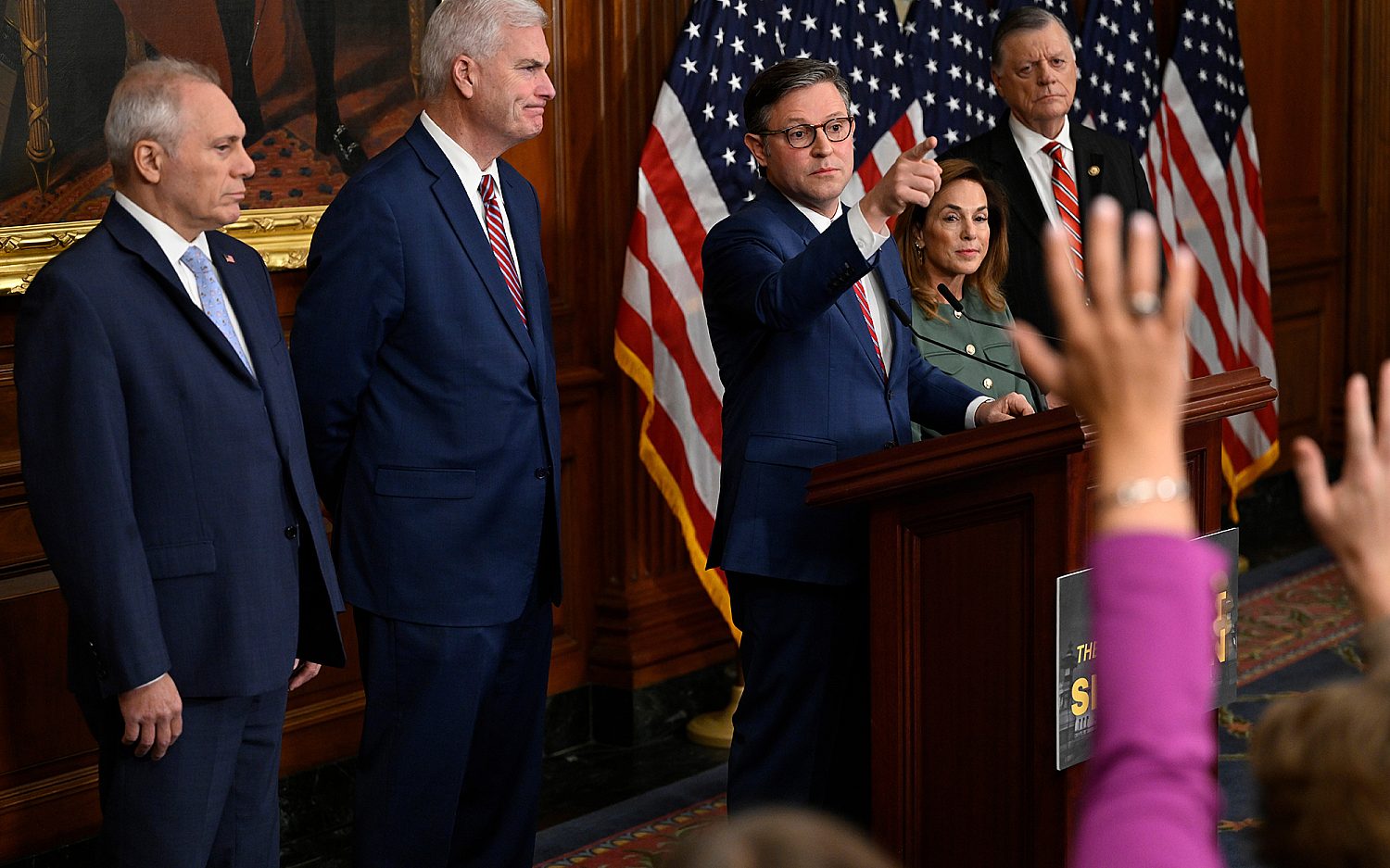Supreme Court upholds EPA oversight of most carbon emissions
The U.S. Environmental Protection Agency will retain powerful but limited authority to regulate carbon dioxide emissions from sources like power plants and oil refineries, under to a ruling issued Monday by the U.S. Supreme Court. The justices left largely intact the Obama administration’s only existing program to limit power plant and factory carbon emissions, but blocked the agency’s attempt to expand its regulatory power under the Clean Air Act without explicit approval from Congress.
Both advocates and opponents of the EPA’s oversight of carbon dioxide “pollution”—blamed by some environmentalists for causing harmful changes to the climate—found something to love about the Supreme Court ruling.
In arguing the case, the EPA claimed authority to regulate carbon emissions from millions of small sources like schools, apartment complexes, churches, or restaurants, but it promised to exclude them as part of a proposed “tailoring rule.” Writing for the majority, Justice Antonin Scalia said the agency was essentially rewriting the law in an attempt to map out the limits of its own regulatory authority.
“We are not willing to stand on the dock and wave goodbye as EPA embarks on this multiyear voyage of discovery,” Scalia wrote.
Thomas J. Donohue, the president of the U.S. Chamber of Commerce, one of the petitioners in the case, praised the court for setting a clear limit on the breadth of EPA oversight. “The Court recognized that EPA’s attempt to sweep small businesses into its greenhouse gas agenda was an unconstitutional power grab,” he said.
The National Federation of Independent Business also hailed the ruling. “If this rule had been allowed to stand, small business owners such as ranchers, farmers, manufacturers, restaurant owners and others would have seen more paperwork, more oversight and fines,” said Karen Harned, executive director of the organization’s Small Business Legal Center.
But while the EPA lost its case broadly, it won in a narrow sense: The court upheld the EPA’s ability to regulate the largest stationary sources of carbon dioxide, such as factories and power plants, using a permitting system.
The ruling essentially leaves the EPA with the power to regulate most carbon emissions. The Supreme Court previously upheld the agency’s authority to regulate carbon dioxide under the Clean Air Act, over objections from conservatives who say the gas, an essential part of the carbon cycle, should not be considered a pollutant.
“EPA is getting almost everything it wanted in this case,” Scalia admitted, speaking from the bench. “It sought to regulate sources it said were responsible for 86 percent of all the greenhouse gases emitted from stationary sources nationwide. Under our holdings, EPA will be able to regulate sources responsible for 83 percent of those emissions.”
The ruling means the EPA can continue to require greenhouse gas permits for large facilities that already have to obtain permits for other types of air pollutants the government has long regulated.
The EPA praised the decision as “a win for our efforts to reduce carbon pollution because it allows EPA, states, and other permitting authorities to continue to require carbon pollution limits in permits for the largest pollution sources.”
Joanne Spalding, an attorney for the environmental group Sierra Club, said the ruling means, in practice, “all of the biggest polluters will be subject to greenhouse gas limits, as they have been for the past three years.”
Between 2011 and late March, state and federal regulators issued 166 greenhouse gas permits, according to the EPA. The permits went to power plants, oil refineries, and municipal landfills, in addition to plants producing chemicals, cement, iron and steel, fertilizer, ceramics, and ethanol.
But those permits and other EPA climate rules “won’t in any way impact climate change,” William Yeatman, a senior fellow at the Competitive Enterprise Institute, wrote at GlobalWarming.org in response to the ruling. China has surpassed the United States as the largest source of carbon emissions, and slight cuts to the amount of U.S. emissions are not expected to have a meaningful impact on global warming.
This week’s Supreme Court ruling won’t affect a separate, $9 billion rule the EPA proposed earlier this month, which seeks by 2030 to reduce greenhouse gas emissions from existing power plants by 30 percent.
Regarding that proposal, Paul C. Knappenberger and Patrick J. Michaels of the Cato Institute calculated the minuscule reduction in global warming the rule is expected to produce by the year 2100: Just one-hundredth of a degree Fahrenheit.
The Associated Press contributed to this report.
An actual newsletter worth subscribing to instead of just a collection of links. —Adam
Sign up to receive The Sift email newsletter each weekday morning for the latest headlines from WORLD’s breaking news team.





Please wait while we load the latest comments...
Comments
Please register, subscribe, or log in to comment on this article.